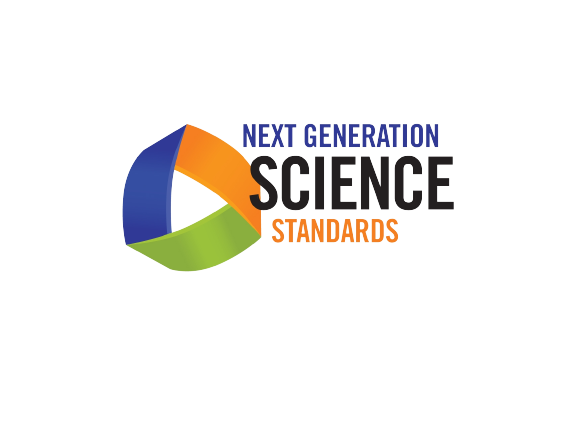
Education Modules
-
Marine Bioacoustics
It’s a snap! An inquiry-based snapping shrimp bioacoustics activity
-

Marine Neuroethology
Using marine invertebrates to produce ethograms and examine the mechanics of animal behavior
-

Sea Urchin Fertilization
Examining the effects of altered water quality on sea urchin fertilization success and embryo development
-

Ocean Chemistry
Engaging students in the Pacific and beyond using a hands-on lesson in chemical oceanography
-

Marine Fish Aquaculture
Exploring larval development and applications in marine fish aquaculture using pink snapper embryos
-
The following modules are still be prepared for publication. If you are interested in these lesson materials please contact us.
-

Marine Biodiversity (ARMS)
Using Autonomous Reef Monitoring Structures (ARMS) to record and calculate the biodiversity of the reef cryptofauna community in different environments
-

Coral Feeding & Microplastics
Measuring the abundance and diversity of microplastics in marine ecosystems and examining impacts on coral behavior and survival
-

Coral Growth and Survival
Using coral settlement tiles to examine and record how different environments influence the growth of coral polyps
-
HIMB has developed a series of high school lessons that complemented capabilities of Autonomous Underwater Vehicle (AUV) and telepresence technology to explore the coral reefs of Kāne‘ohe Bay. The AUV, nicknamed REX I, was developed for HIMB by engineers at the MIT Sea Grant AUV Lab. While the AUV itself is no longer in operation, the science lessons are still available and usable as a stand alone set of activities. As AUVs have become much more common, they may be adapted to your own AUV capabilities as well.
Science content relates to water quality, reef biodiversity, and threats to coral reefs. Teachers can also utilize each set of lesson materials independently of the AUV. Lessons introduce science topics and describe how to conduct transect-quadrat investigations and estimate basic diversity statistics, or analyze water quality data. Currently the AUV is being redesigned at MIT and is unavailable for use. However, if you would like to use our lesson modules in your own classroom independent of the AUV, they can be found on the webpage found, here.
-
Hawaiian Reef Biodiversity
Using traditional transect-quadrat approaches to explore Hawaiian reef biodiversity
-
Threats to Coral Reefs
Identifying common diseases and threats to Hawaiian reefs
-

Exploring Water Quality
Examining water quality parameters such as pH, salinity, temperature and turbidity
Other Resources
SEA Curriculum: Grades 3-5
Sea-Earth-Atmosphere (SEA) is based on the NOAA SEA Curriculum. Materials in this website are aligned to the Next Generation Science Standards (NGSS) and the Ocean Literacy Principles (OLP).
NGSS Science and Engineering Practices
Next Generation Science Standards (NGSS), has three distinct and equally important dimensions to a cohesive understanding of science over time. In our “Communicating Your Research” document you will find a detailed guide for organizing and delivering a scientific presentation with students recent experiments.




